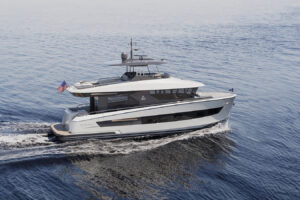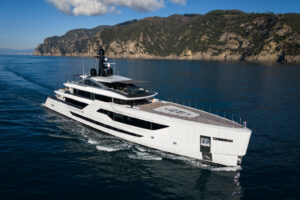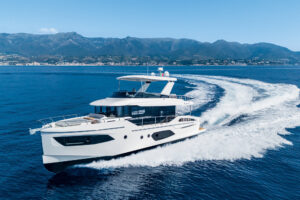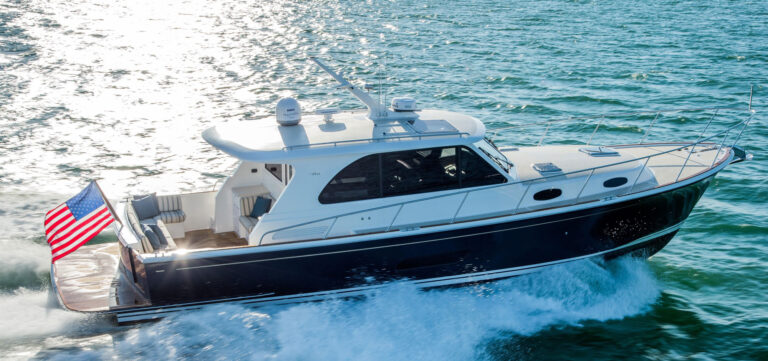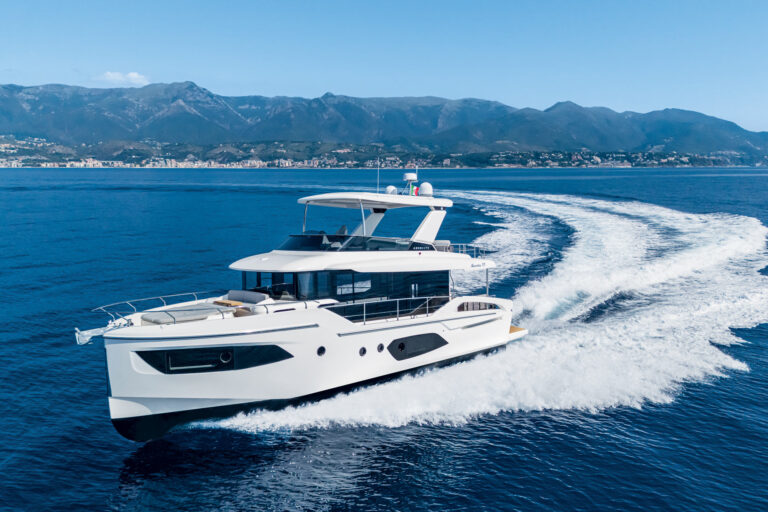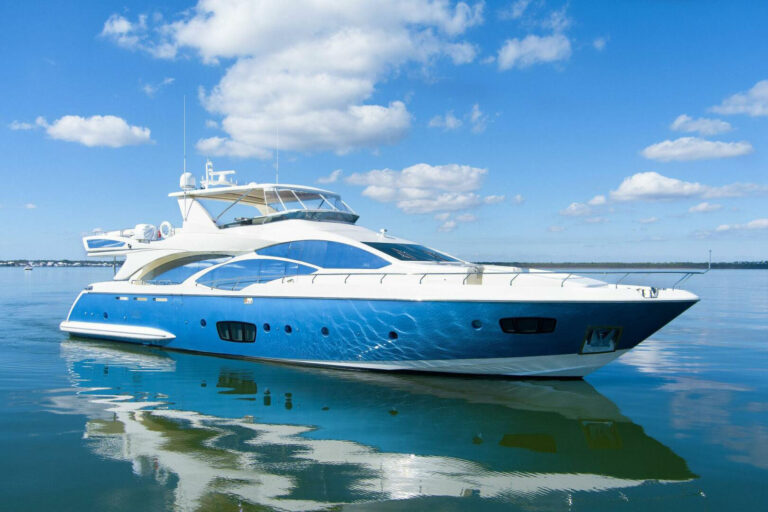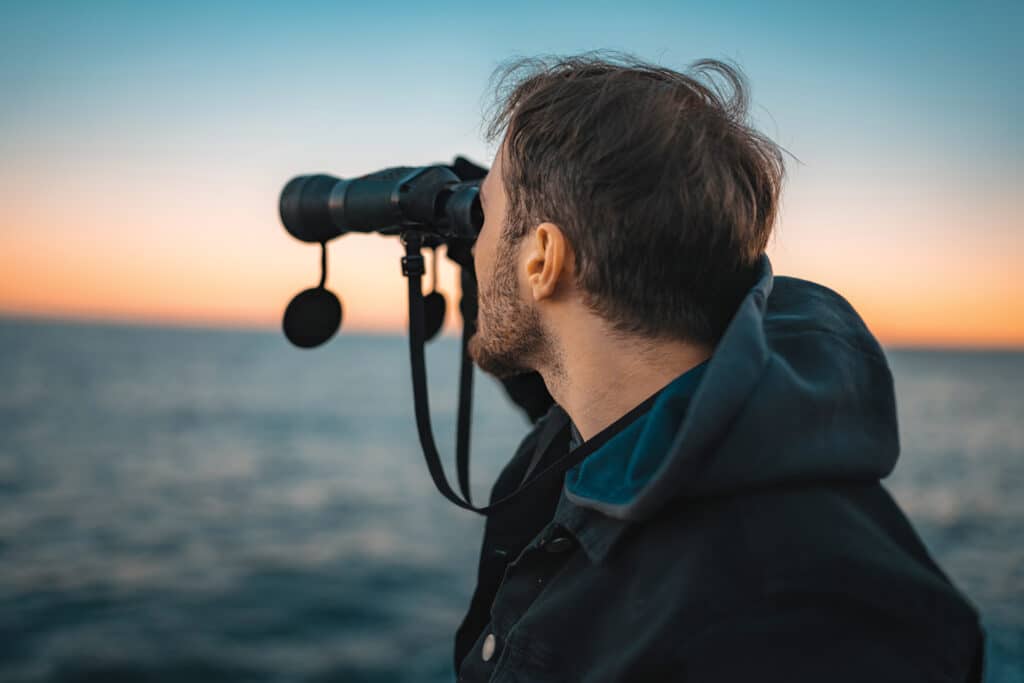
In late December, the National Transportation Safety Board issued its findings about a collision that occurred a year earlier about 20 miles northwest of Nassau, Bahamas, between a 206-foot superyacht and a 159-foot commercial tanker. The probable cause of the collision, according to the NTSB, was that neither vessel maintained a proper lookout.
The findings served as a reminder to boaters on all kinds of vessels that maintaining a proper lookout is a mandatory part of basic seamanship, and that major damage and injuries can result from a failure to keep watch. The NTSB estimated the financial cost of the Bahamas incident at $7.9 million, including the sinking of the tanker and its cargo. In addition to that, three of the superyacht’s 12 crewmembers sustained minor injuries.
“Had either kept a proper lookout, they likely would have detected each other and could have taken action to avoid the collision.”
– National Transportation Safety Board
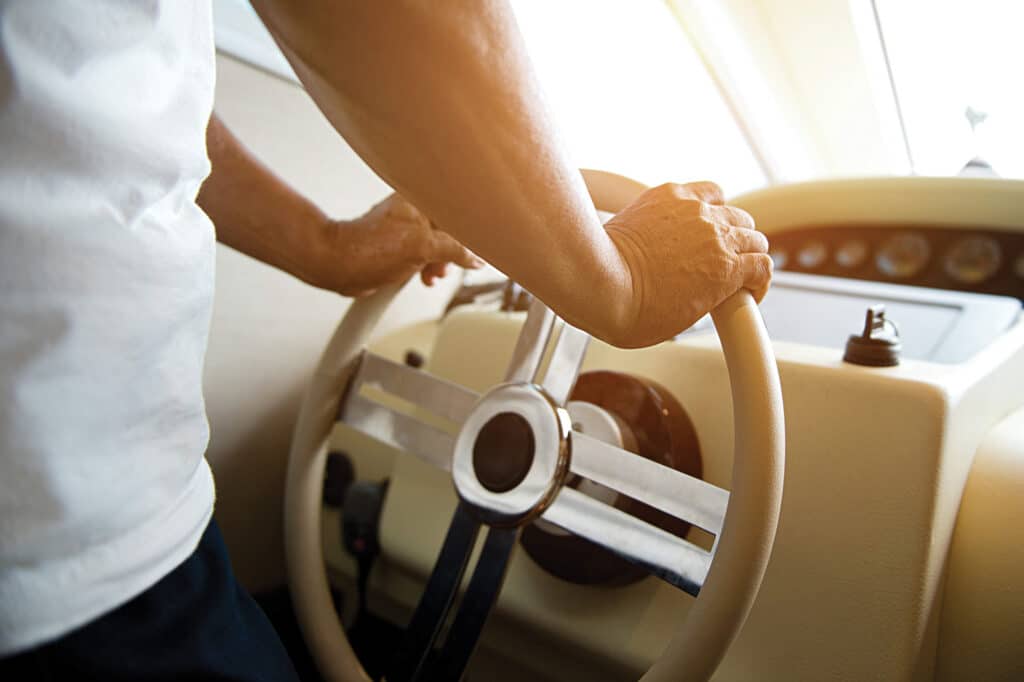
According to the report, the collision occurred at sunset on a day with visibility of 10 miles. Aboard the superyacht, the captain had left the wheelhouse to check on the guests, leaving the bosun in command. The bosun was working on log entries and facing away from the windshield at the time of the collision with the tanker, where the master had left that vessel’s bridge to use the head in his cabin.
The report further notes that both vessels had radar; however, “it is likely none of them had looked at the radar in the 12 minutes before the collision. … Additionally, there was no evidence that they used radar for long-range scanning. Therefore, neither crew used their vessel’s radar effectively.” The tanker also had AIS, but a power issue made it unusable.
The NTSB concluded that “had either kept a proper lookout, they likely would have detected each other and could have taken action to avoid the collision.”

